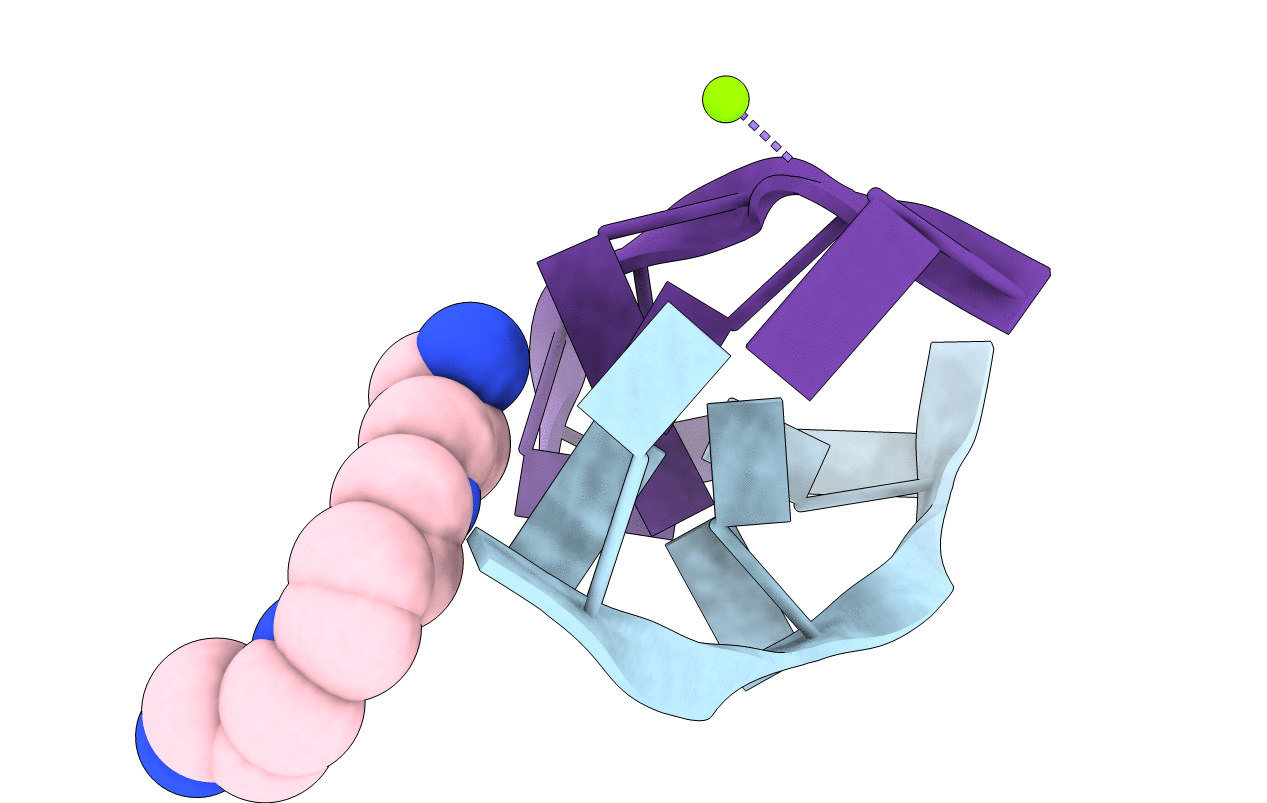
Deposition Date
2005-04-14
Release Date
2005-04-19
Last Version Date
2023-12-27
Entry Detail
PDB ID:
1VRO
Keywords:
Title:
Selenium-Assisted Nucleic Acid Crystallography: Use of Phosphoroselenoates for MAD Phasing of a DNA Structure
Biological Source:
Source Organism:
Method Details:
Experimental Method:
Resolution:
1.10 Å
R-Value Free:
0.12
R-Value Work:
0.09
Space Group:
P 21 21 21


